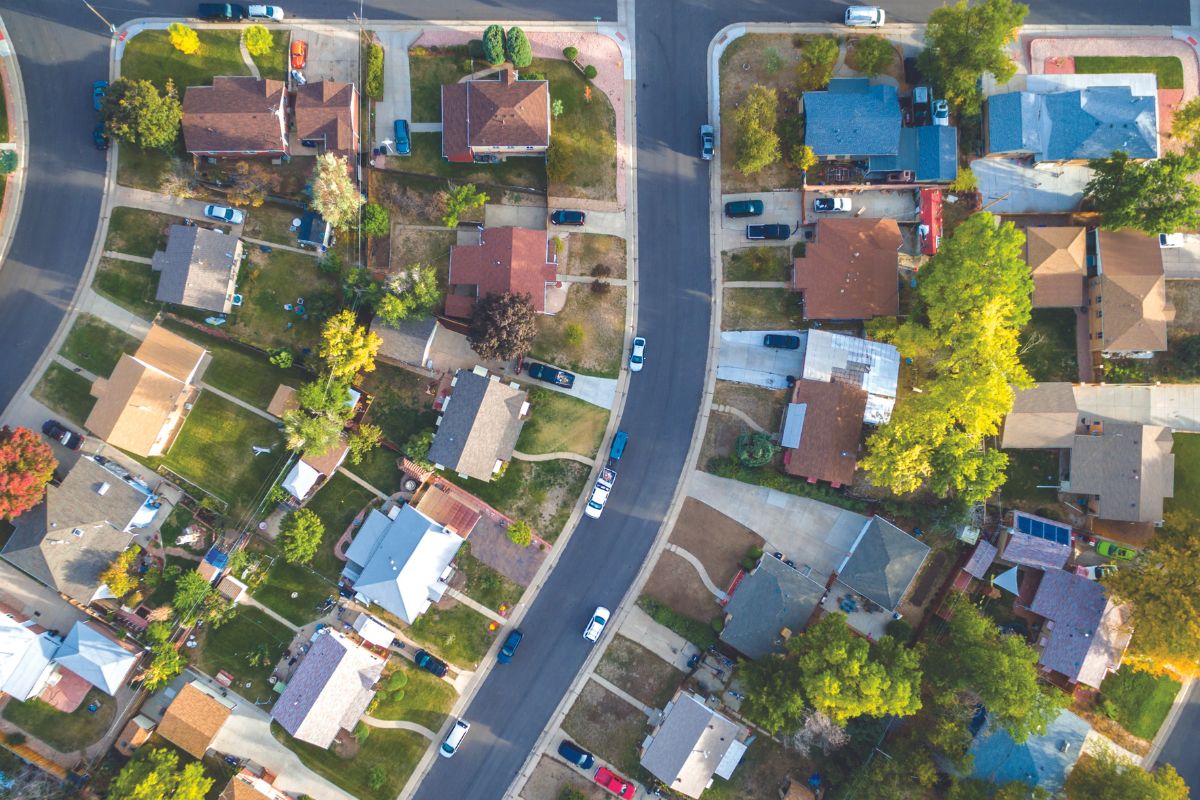The energy burden impacts everyone in different ways. But what influences it? And is it impacting your life?
Your energy burden is the proportion of your take-home income needed to pay for energy costs. Energy burden is based on factors like where you live, your access to work, education, healthcare and other necessities. It also includes many other expenses you incur, such as your rent or mortgage, phone bill, student loans, car payments, childcare and commuting costs.
What influences one’s energy burden?
For some, this burden is a small percentage of their income and is made smaller by energy-efficient products and the steps they take to save energy. However, for many, the energy burden is intensified by location, housing type, race, income security, age, gender identity and disability.
In fact, people without access to secure income and people of color spend more of their income on energy and have traditionally been excluded from energy efficiency marketing and upgrades. This combination leads to a higher energy burden and makes it harder to afford to pay the rest of your essential bills, unexpected expenses or for emergencies.
Rural communities experience higher energy burden than urban city-dwellers, partly because residents in rural communities often use more of their income travelling further distances to work, the grocery store, their doctor’s office and to visit family and friends.
Housing and location also play a large role in high energy burdens. According to the National Resources Defense Council, many “single-family and multifamily low-income households...households of color, and renting households experienced higher energy burdens than the average household in the same metropolitan area.” This is typically caused by limited access to more efficient heating and cooling systems and proper insulation.
Solutions for high energy burden
The energy burden keeps many people from learning, working and living with peace of mind. To combat this, solutions for creating systemic change, like weatherization support for low-income households, are being implemented.
Educating customers about energy assistance and supporting energy efficiency rebate programs are two ways that Alliant Energy continues to help ease the energy burden in the communities we serve. Our efforts supplement programs like the Low Income Home Energy Assistance Program and laws that support energy efficiency upgrades and provide funding for new, more efficient innovation in technology.
If you or someone you know is struggling with a high energy burden, please contact us to discuss assistance.

What is the energy burden? Is it impacting your livelihood?

Grant Barton
Communications Partner
Published on February 13, 2023
Grant Barton is a Communications Partner with a passion for sustainability and eco-friendly city planning. He has a diverse background in engineering, politics and international communications and hopes to apply this experience when writing and breaking down complex topics related to Alliant Energy's Clean Energy Future plans.
Recent Stories
Giving birds a safe place to land at solar sites
Partnership with the Central Wisconsin Kestrel Research Project in our solar fields promotes diversity in the environment.
Read More
Recognizing community need sparks volunteerism
Tyler Freye credits our company values with deepening his understanding of the problems many in our communities face.
Read More
Growing up and giving back
When Ally Gearin was young, her family had a low income and sometimes benefited from free and low-cost events.
Read More
